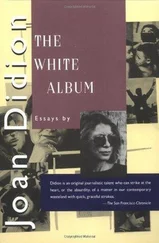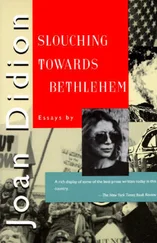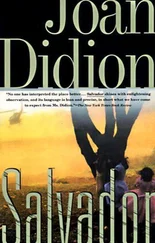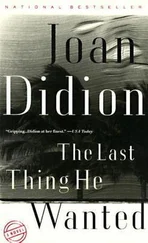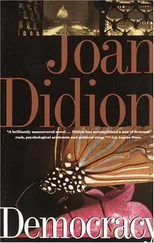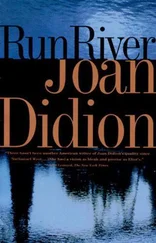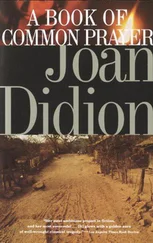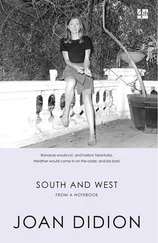1 ...8 9 10 12 13 14 ...38 Jane Hollister Wheelwright, who was herself born in Sacramento, saw as a kind of death the intrusion onto the Hollister ranch of two Chevron pipelines (“I can only believe that their appearance on the ranch means just one thing: another expression of man’s historical arrogance and hatred of nature”) but, still operating within the fable of an ideal personal past, was untroubled, even comforted, by the presence of the Southern Pacific, which her grandfather had actively supported and to which he had given a sixty-foot right-of-way along the coast. On her farewell rides through the ranch she observed the daily appearance of The Daylight , the Southern Pacific’s principal passenger train to Los Angeles, and noted that it “seemed to belong there, and did not jar the feeling of the coast in the slightest. The noises it made recalled my childhood when we had no other way of telling time, and the sound of a whistle in the distance meant we were hopelessly late for lunch.”
The eighth governor of California, Leland Stanford, was at the time of his election the president of the Central Pacific and later the president of the Southern Pacific. Hiram Johnson, the twenty-third governor of California, was elected as a reform candidate pledged to break the power of the Southern Pacific. Hiram Johnson’s father, Grove Johnson, had fled upstate New York under indictment for forgery in 1863, settled in Sacramento, become clerk of the county Swamp Land Board, been implicated in two vote-rigging scandals, and been elected, in 1877, to the California State Assembly. “The interests of the railroad and Sacramento are identical, and should always remain so,” the elder Johnson declared during this campaign. “They should labor together like man and wife, only to be divorced by death.”
When Hiram Johnson went to Berkeley in 1884 he lived in the Chi Phi house, as did, forty-five years later, my father and my uncle and the Hollister who had to drop out of school. When I went to Berkeley some years later I lived, as did Barbara Brown, at the Tri Delt house. Her father, not yet governor of California but its attorney general, spoke at our annual father-daughter dinners. When my brother went to Berkeley five years after I did he lived at the Phi Gamma Delta, or Fiji, house, as had, sixty-some years before, Frank Norris, who remained famous in the house for having initiated its annual celebratory “Pig Dinner.” This was a California, into the nineteen-fifties, so hermetic, so isolated by geography and by history and also by inclination, that when I first read The Octopus , at age twelve or thirteen, in Sacramento, I did not construe it to have a personal relevance, since the events described took place not in the Sacramento Valley but somewhere else, the San Joaquin.
Not much about California, on its own preferred terms, has encouraged its children to see themselves as connected to one another. The separation, of north from south — and even more acutely of west from east, of the urban coast from the agricultural valleys and of both the coast and the valleys from the mountain and desert regions to their east — was profound, fueled by the rancor of water wars and by less tangible but even more rancorous differences in attitude and culture. My mother made the trip from Sacramento to Los Angeles in 1932, to see the Olympics, and did not find reason to make it again for thirty years. In the north we had San Francisco, with its Beaux Arts buildings and eucalyptus, its yearnings backward and westward, its resolutely anecdotal “color”; a place as remote and mannered as the melancholy colonial capitals of Latin America, and as isolated. When I was at Berkeley and had gone home to Sacramento for a weekend I would sometimes take the Southern Pacific’s transcontinental City of San Francisco back down, not the most convenient train (for one thing it was always late) but one that suggested, carrying as it did the glamour of having come across the mountains from the rest of America, that our isolation might not be an indefinite sentence.
I see now that the life I was raised to admire was entirely the product of this isolation, infinitely romantic, but in a kind of vacuum, its only antecedent aesthetic, and the aesthetic only the determined “Bohemianism” of nineteenth-century San Francisco. The clothes chosen for me as a child had a strong element of the Pre-Raphaelite, muted greens and ivories, dusty rose, what seems in retrospect an eccentric amount of black. I still have the black mantilla I was given to wear over my shoulders when I started to go to dances, not the kind of handkerchief triangle Catholic woman used to keep in their pockets and glove compartments but several yards of heavy black lace. It had been my great-grandmother’s, I have no idea why, since this particular great-grandmother was from Oregon, with no reason to have bought into a romance-of-the-ranchos scenario. We lived in dark houses and favored, a preference so definite that it passed as a test of character, copper and brass that had darkened and greened. We also let our silver darken, which was said to “bring out the pattern.” To this day I am put off by highly polished silver: it looks “new.” This predilection for the “old” extended into all areas of domestic life: dried flowers were seen to have a more subtle charm than fresh, prints should be faded, rugs worn, wallpaper streaked by the sun. Our highest moment in this area was the acquisition, in 1951, of a house in Sacramento in which the curtains on the stairs had not been changed since 1907. These curtains, which were of unlined (and faded, naturally) gold silk organza, hung almost two stories, billowed iridescent with every breath of air, and, if touched, crumbled.
Stressing as it did an extreme if ungrounded individualism, this was not an ambiance that tended toward a view of life as defined or limited or controlled, or even in any way affected, by the social and economic structures of the larger world. To be a Californian was to see oneself, if one believed the lessons the place seemed most immediately to offer, as affected only by “nature,” which in turn was seen to exist simultaneously as a source of inspiration or renewal (“Born again!” John Muir noted in the journal of his first trip into Yosemite) and as the ultimate brute reckoning, the force that by guaranteeing destruction gave the place its perilous beauty. Much of the California landscape has tended to present itself as metaphor, even as litany: the redwoods (for a thousand years in thy sight are but as yesterday) , the Mojave (in the midst of life we are in death) , the coast at Big Sur, Mono Lake, the great vistas of the Sierra, especially those of the Yosemite Valley, which, Kevin Starr has pointed out, “offered Californians an objective correlative for their ideal sense of themselves: a people animated by heroic imperatives.” Thomas Starr King saw Yosemite in 1860 and went back to the First Unitarian Church of San Francisco determined to inspire “Yosemites in the soul.” Albert Bierstadt saw Yosemite in 1863 and came back to do the grandiose landscapes that made him for a dozen years the most popularly acclaimed painter in America. “Some of Mr. Bierstadt’s mountains swim in a lustrous, pearly mist,” Mark Twain observed with some acerbity, “which is so enchantingly beautiful that I am sorry the Creator hadn’t made it instead of him, so that it would always remain there.”
Lessons could be found even in less obviously histrionic features: climbing Mt. Tamalpais in Marin County at sunrise was seen, in my grandmother’s generation, as a convenient transformative experience, as was any contemplation of the opening to the Pacific that John C. Fremont, when he mapped the area in 1846, had named “Chrysopylae,” or Golden Gate, “on the same principle that the harbor of Byzantium (Constantinople afterwards) was called Chrysoceras (golden horn).” Josiah Royce, in his 1879 essay “Meditation Before the Gate,” reflected on the view of the Gate from Berkeley and pledged himself to pursue his philosophical inquiries “independently, because I am a Californian, as little bound to follow mere tradition as I am liable to find an audience by preaching in this wilderness; reverently, because I am thinking and writing face to face with a mighty and lovely Nature, by the side of whose greatness I am but as a worm.”
Читать дальше
Конец ознакомительного отрывка
Купить книгу



